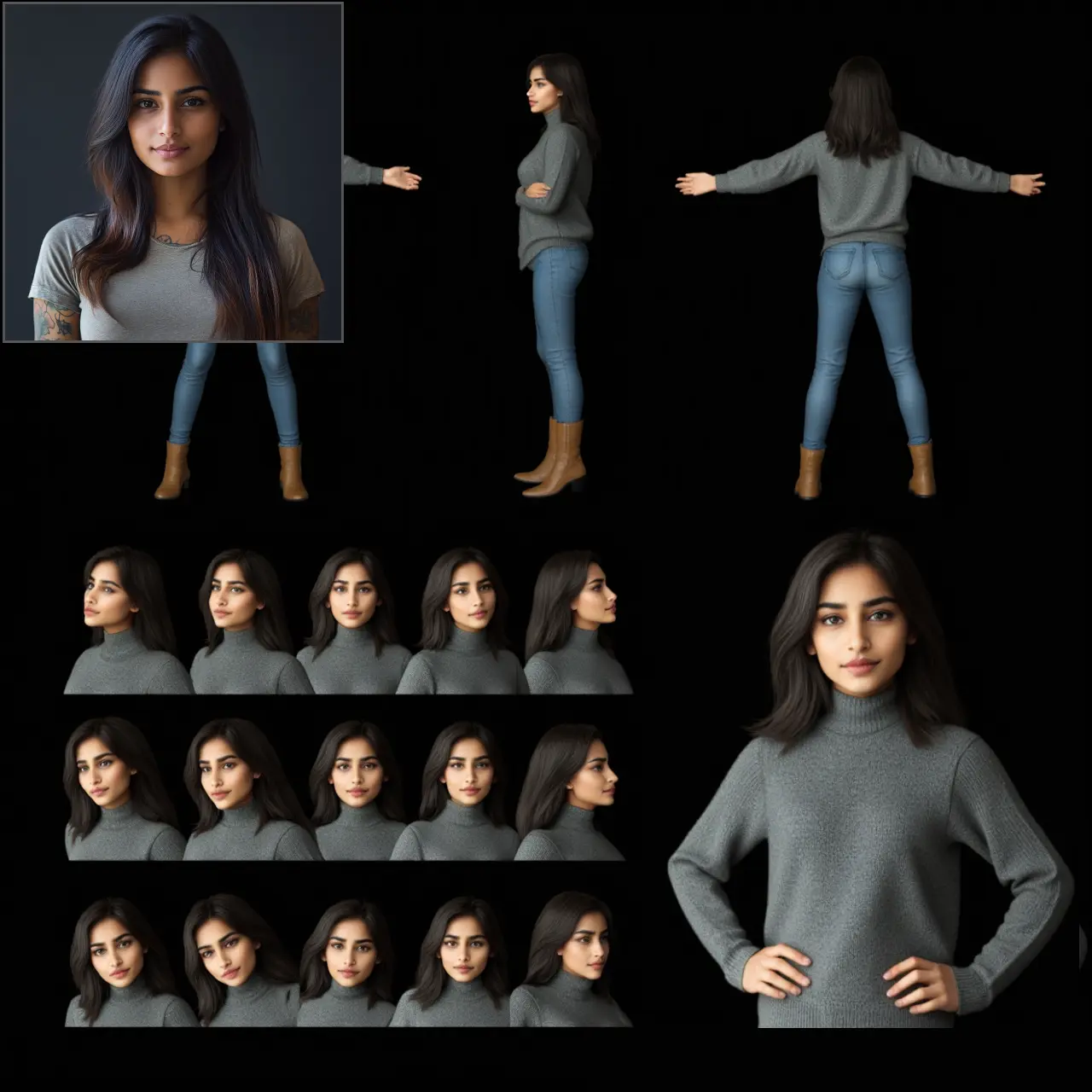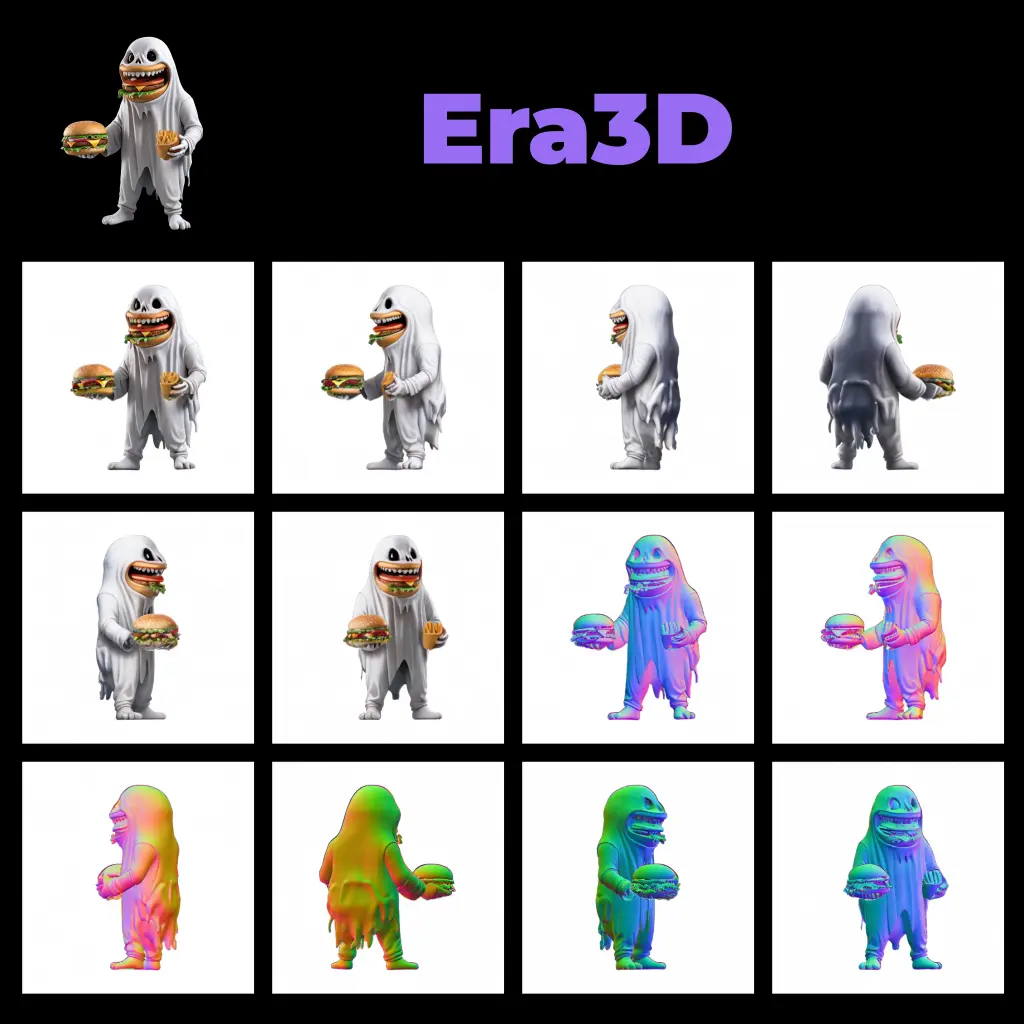ComfyUI Node: 📹➜🖼 Video Path to Images
Bjornulf_VideoToImagesList
CategoryBjornulf
justUmen (Account age: 3073days) Extension
Bjornulf_custom_nodes Latest Updated
2025-03-30 Github Stars
0.29K
How to Install Bjornulf_custom_nodes
Install this extension via the ComfyUI Manager by searching for Bjornulf_custom_nodes- 1. Click the Manager button in the main menu
- 2. Select Custom Nodes Manager button
- 3. Enter Bjornulf_custom_nodes in the search bar
Visit ComfyUI Online for ready-to-use ComfyUI environment
- Free trial available
- 16GB VRAM to 80GB VRAM GPU machines
- 400+ preloaded models/nodes
- Freedom to upload custom models/nodes
- 200+ ready-to-run workflows
- 100% private workspace with up to 200GB storage
- Dedicated Support
📹➜🖼 Video Path to Images Description
Converts video to image sequence for frame extraction and analysis, aiding AI artists and developers.
📹➜🖼 Video Path to Images:
The Bjornulf_VideoToImagesList node is designed to convert a video file into a sequence of images, providing a convenient way to extract frames from a video for further processing or analysis. This node is particularly useful for AI artists and developers who need to work with individual frames of a video, whether for creating animations, analyzing motion, or applying image processing techniques. By converting video frames into a list of images, this node allows you to manipulate and utilize video content in a more granular and flexible manner. The node efficiently handles video files, ensuring that frames are extracted at specified intervals, and converts them into a format that can be easily integrated into various workflows. This capability is essential for tasks that require detailed frame-by-frame analysis or transformation, making it a valuable tool in the creative and technical toolkit.
📹➜🖼 Video Path to Images Input Parameters:
video_path
The video_path parameter specifies the file path to the video that you want to convert into images. It is crucial to provide a valid path to an existing video file, as the node will attempt to open and read this file to extract frames. If the file does not exist or the path is incorrect, the node will raise an error. There are no specific minimum or maximum values for this parameter, but it must be a valid string representing the file path.
frame_interval
The frame_interval parameter determines the frequency at which frames are extracted from the video. For example, a frame_interval of 1 means every frame is extracted, while a value of 2 means every second frame is extracted. This parameter allows you to control the density of the extracted frames, which can be useful for reducing the number of images when only key frames are needed. The default value is typically 1, but it can be adjusted based on your specific needs.
max_frames
The max_frames parameter sets an upper limit on the number of frames to be extracted from the video. This is useful for controlling the output size and ensuring that the process does not consume excessive resources. If set to a positive integer, the node will stop extracting frames once this limit is reached. If set to 0 or a negative value, there is no limit, and frames will be extracted until the end of the video. The default value is usually 0, indicating no limit.
📹➜🖼 Video Path to Images Output Parameters:
images
The images output parameter is a list of image tensors representing the frames extracted from the video. Each image is converted from BGR to RGB format and then transformed into a tensor for easy manipulation and processing in various applications. This output is essential for tasks that require individual frame analysis or transformation.
initial_fps
The initial_fps output parameter provides the original frames per second (FPS) of the video. This information is useful for understanding the original timing and speed of the video content, which can be important for synchronization or when reconstructing the video from the extracted frames.
new_fps
The new_fps output parameter indicates the adjusted frames per second based on the frame_interval used during extraction. This value helps you understand the effective frame rate of the extracted images, which is crucial for maintaining the intended timing when using the frames in subsequent processes.
total_frames
The total_frames output parameter gives the total number of frames in the original video. This information is useful for understanding the scope of the video content and for planning how many frames you might want to extract or process.
📹➜🖼 Video Path to Images Usage Tips:
- Ensure the
video_pathis correct and points to an existing video file to avoid errors during execution. - Adjust the
frame_intervalto control the number of frames extracted, which can help manage resource usage and focus on key frames. - Use the
max_framesparameter to limit the number of frames extracted, especially when working with long videos, to prevent excessive memory usage.
📹➜🖼 Video Path to Images Common Errors and Solutions:
Video file not found: <video_path>
- Explanation: This error occurs when the specified video file cannot be found at the given path.
- Solution: Verify that the
video_pathis correct and that the file exists at the specified location.
No frames were extracted from the video
- Explanation: This error indicates that no frames were successfully extracted from the video, possibly due to an incorrect
frame_intervalor an empty video file. - Solution: Check the
frame_intervalto ensure it is set correctly and verify that the video file is not empty or corrupted.
📹➜🖼 Video Path to Images Related Nodes
RunComfy is the premier ComfyUI platform, offering ComfyUI online environment and services, along with ComfyUI workflows featuring stunning visuals. RunComfy also provides AI Playground, enabling artists to harness the latest AI tools to create incredible art.



